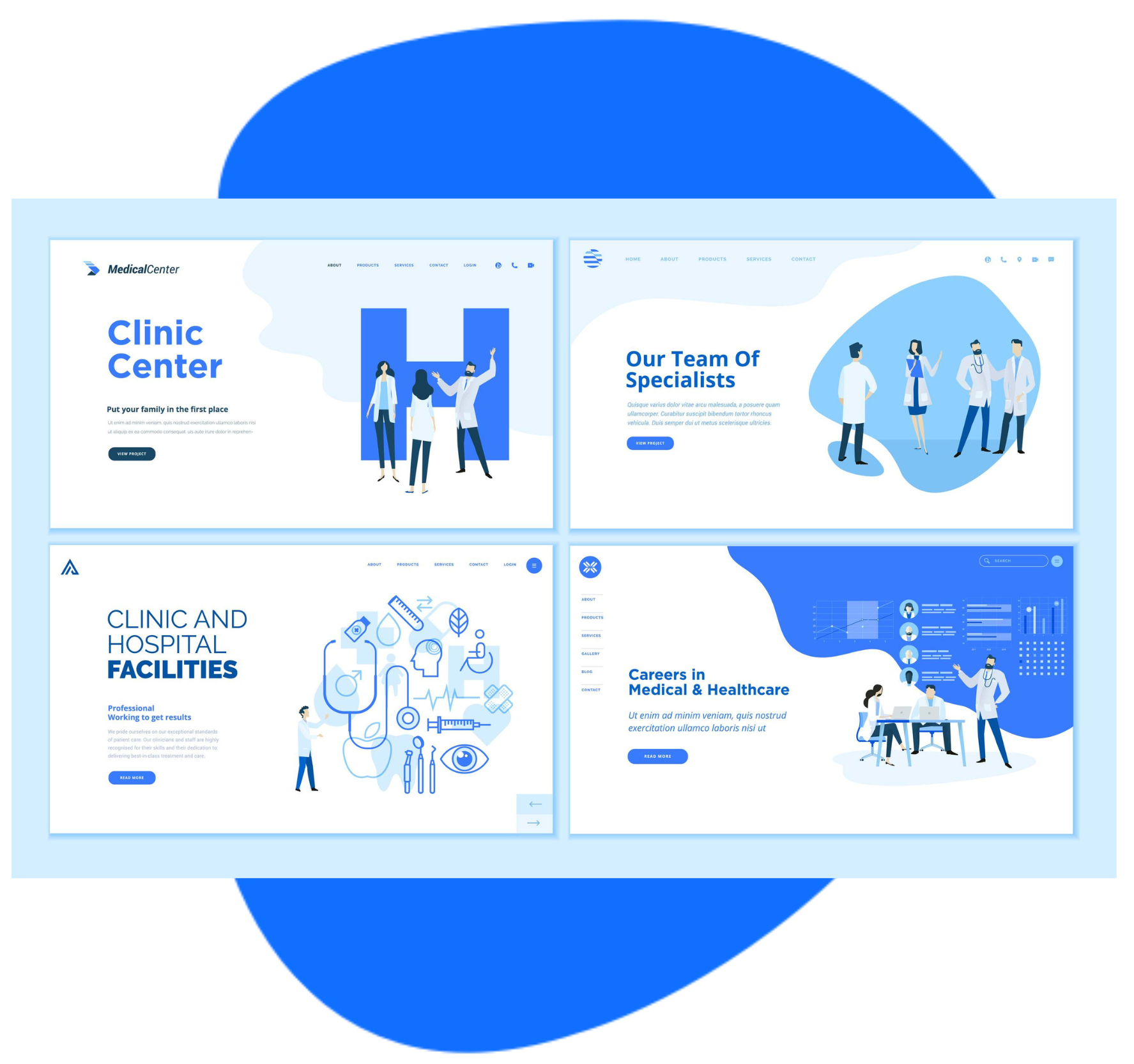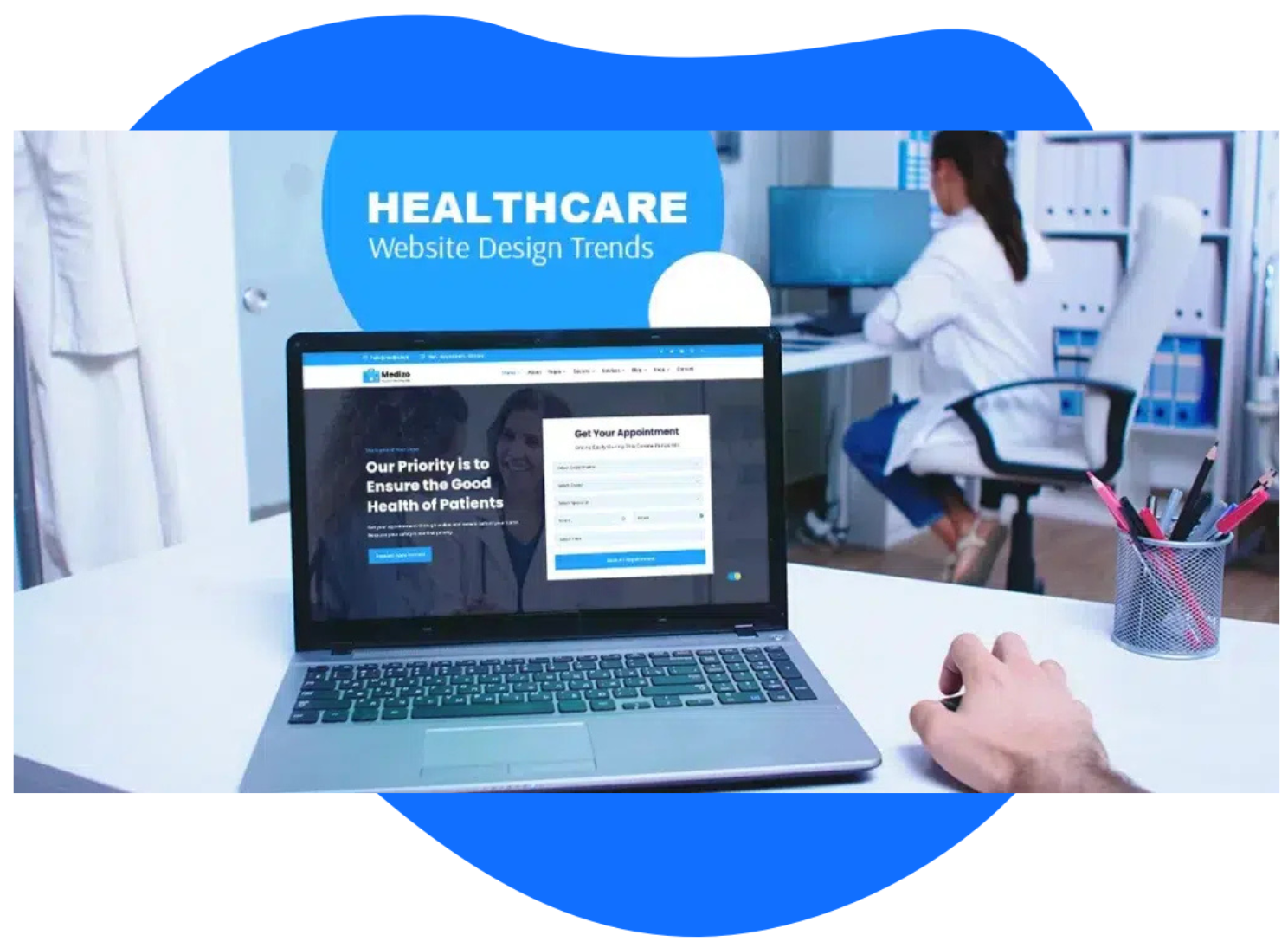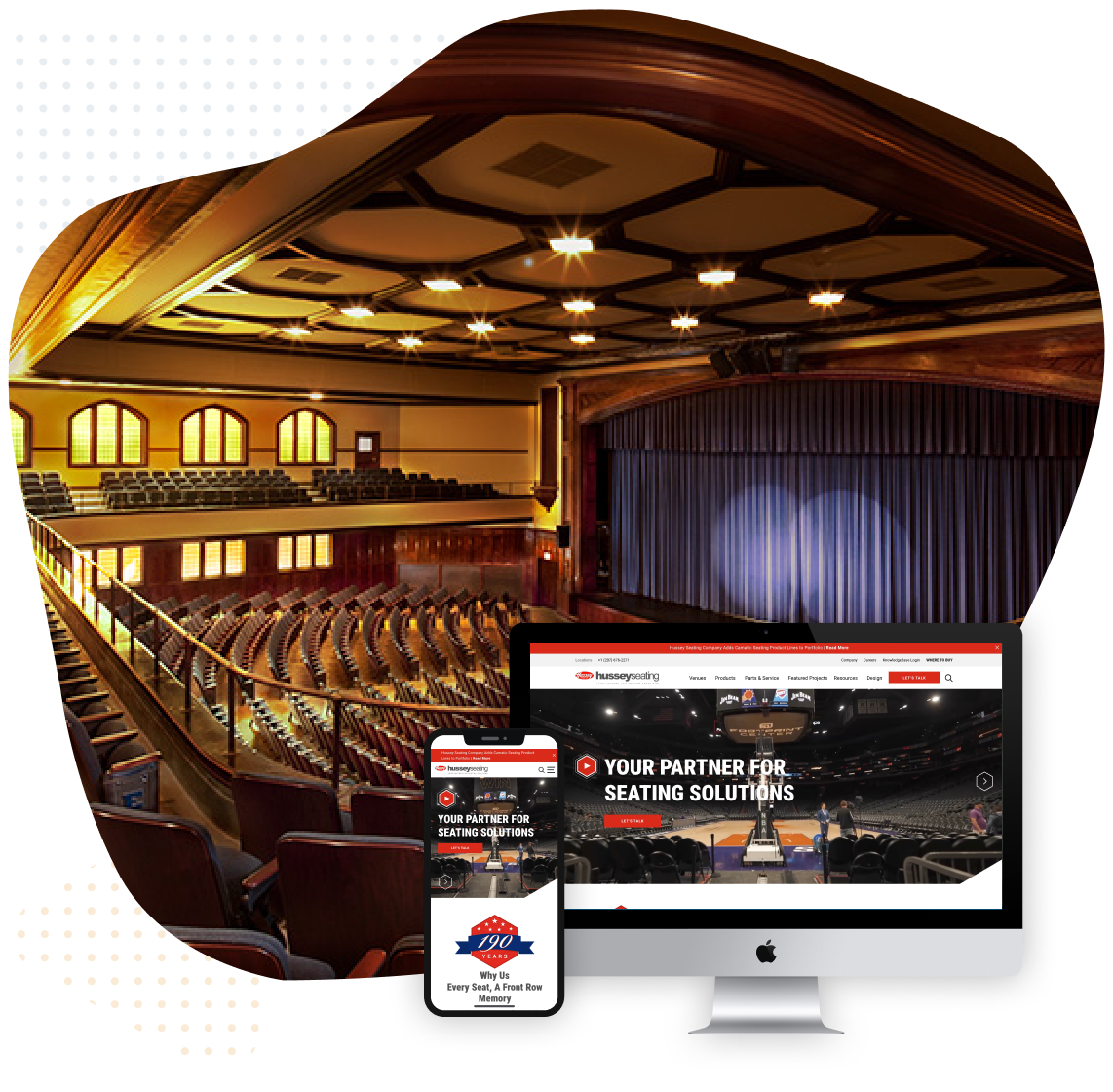The Journey of Website Development: Anticipating Stages and Preparatory Steps
The Journey of Website Development: Anticipating Stages and Preparatory Steps
In today’s digital age, a strong online presence is essential for businesses to thrive. Developing a website is a crucial step towards establishing a successful digital footprint. However, the process of website design involves various stages and preparatory steps that must be carefully considered to ensure a seamless and effective outcome.
To shed light on this process, we will take you on the journey of website development, exploring the key stages and preparatory steps necessary for a successful project.
Discovery and Goal Setting
The first stage of website development involves understanding the goals, objectives, and target audience of the website. Conduct thorough research to identify the needs and preferences of your target audience, analyze competitor websites, and define your unique selling points.
This stage sets the foundation for the entire project, helping you align your website development strategy with your business objectives.
Planning and Information Architecture
During the planning stage, define the website’s structure, content hierarchy, and navigation. This involves creating a sitemap and determining the main pages, subpages, and their relationships. Consider user experience (UX) principles and aim for intuitive navigation that enables visitors to find information easily.
Collaborate with web designers to create wireframes or prototypes that visually represent the layout and structure of the website.
Design and Visual Branding
Once the planning stage is complete, focus on the visual branding and design elements of the website. Work with graphic designers to create a visually appealing and cohesive design that aligns with your brand identity.
Consider typography, colour palettes, imagery, and overall aesthetics. The design stage may involve multiple iterations and feedback sessions to refine the visual elements and ensure they resonate with your target audience.
Content Creation and Optimization
Compelling and high-quality content are crucial for engaging visitors and driving conversions. Develop relevant and engaging content for each page of the website, keeping in mind search engine optimization (SEO) best practices. Incorporate relevant keywords, meta tags, and meta descriptions to improve search engine visibility.
Additionally, optimize the content for readability, ensuring it is concise, well-structured, and easy to understand.
Development and Coding
In the development stage, web developers bring the design and content to life by coding the website. They use programming languages such as HTML, CSS, and JavaScript to build the functional aspects of the website. The development stage involves creating responsive designs that adapt to different screen sizes and optimizing the website’s performance and loading speed.
Regular testing and debugging are essential to ensure the website functions flawlessly across various devices and browsers.
Integration and Functionality
Integrate additional functionalities and features into the website to enhance its usability and user experience. This may include integrating e-commerce platforms, content management systems (CMS), contact forms, social media integration, or third-party applications.
Ensure that these integrations are seamless and user-friendly, providing a seamless experience for your website visitors.
Testing and Quality Assurance
Thorough testing is vital to identify and resolve any bugs, glitches, or compatibility issues. Perform cross-browser testing to ensure the website displays correctly on different web browsers. Test the website’s functionality, responsiveness, and performance across various devices and screen sizes.
Conduct user testing to gather feedback and make necessary improvements to enhance the overall user experience.
Launch and Maintenance
After successful testing and quality assurance, it’s time to launch the website. Publish the website to your chosen hosting platform and domain. It’s crucial to have a backup strategy in place to protect your website’s data.
Once the website is live, regularly monitor its performance, security, and functionality. Update and maintain the website regularly to ensure it remains up-to-date, secure, and aligned with the evolving needs of your business and audience.
Streamline Your Web Development Journey With Expert Support
Website development is a complex and dynamic process that requires careful planning, collaboration, and attention to detail. By anticipating the stages and preparatory steps involved, businesses can ensure a successful outcome that aligns with their goals and engages their target audience effectively.
If you’re ready to embark on your website development journey, speak to us at Sayenko Design to guide you through the process and create a website that drives results.













